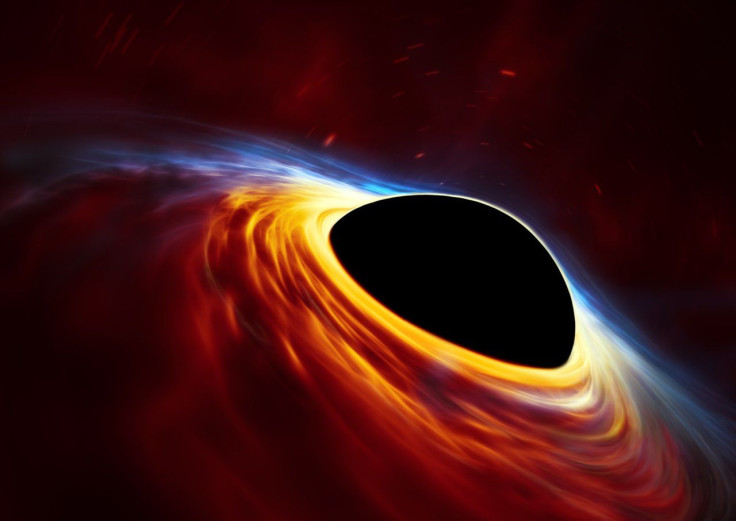How Did Supermassive Black Holes Form In Early Universe? Computer Simulation Provides Answers

Black holes — regions of space-time that are so dense that not even light can escape their gravitational pull — are formed when massive stars (those with over five times the mass of the sun) collapse under their own weight. This process, understandably, takes time, and that is why most supermassive black holes formed comparatively recently in the universe’s 13.8 billion year history.
However, there are a few exceptions. In recent years, astronomers have spotted supermassive black holes that formed less than a billion years after the Big Bang, even though our conventional understanding tells us that these objects would not have had enough time to grow to their gigantic sizes.
Read: Understanding The Oldest Supermassive Black Holes
According to a new study by researchers at the Los Alamos National Laboratory, our conventional understanding of how these objects formed may just be wrong — or, at the very least, incomplete. In the paper — available on the preprint server arXiv — the researchers use a computer model for the interaction of matter and radiation to show that supermassive black holes can form in less time than expected — even in the first billion years of the universe.
“It turns out that while supermassive black holes have a growth speed limit, certain types of massive stars do not,” study lead author Joseph Smidt said in a statement released Tuesday. “We asked, what if we could find a place where stars could grow much faster, perhaps to the size of many thousands of suns; could they form supermassive black holes in less time?”
The computer simulations revealed that supermassive black holes can form much faster than previously believed if their growth is fed by cold and dense accretion streams. The simulated black holes created by the researchers were also seen to be interacting with galaxies in the same way that is observed in nature, mimicking star formation rates, galaxy density profiles, and thermal and ionization rates of gases.
“This was largely unexpected,” Smidt said. “I thought this idea of growing a massive star in a special configuration and forming a black hole with the right kind of masses was something we could approximate, but to see the black hole inducing star formation and driving the dynamics in ways that we’ve observed in nature was really icing on the cake.”
© Copyright IBTimes 2024. All rights reserved.






















